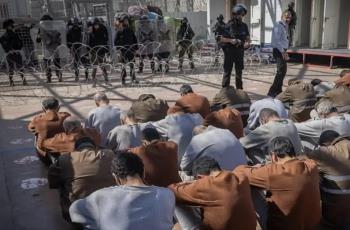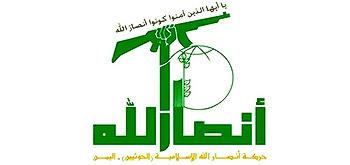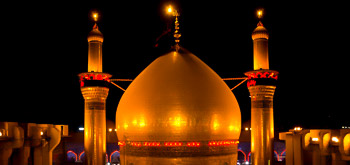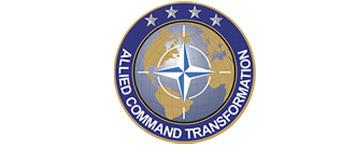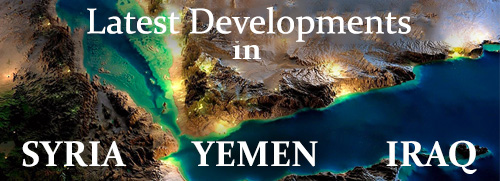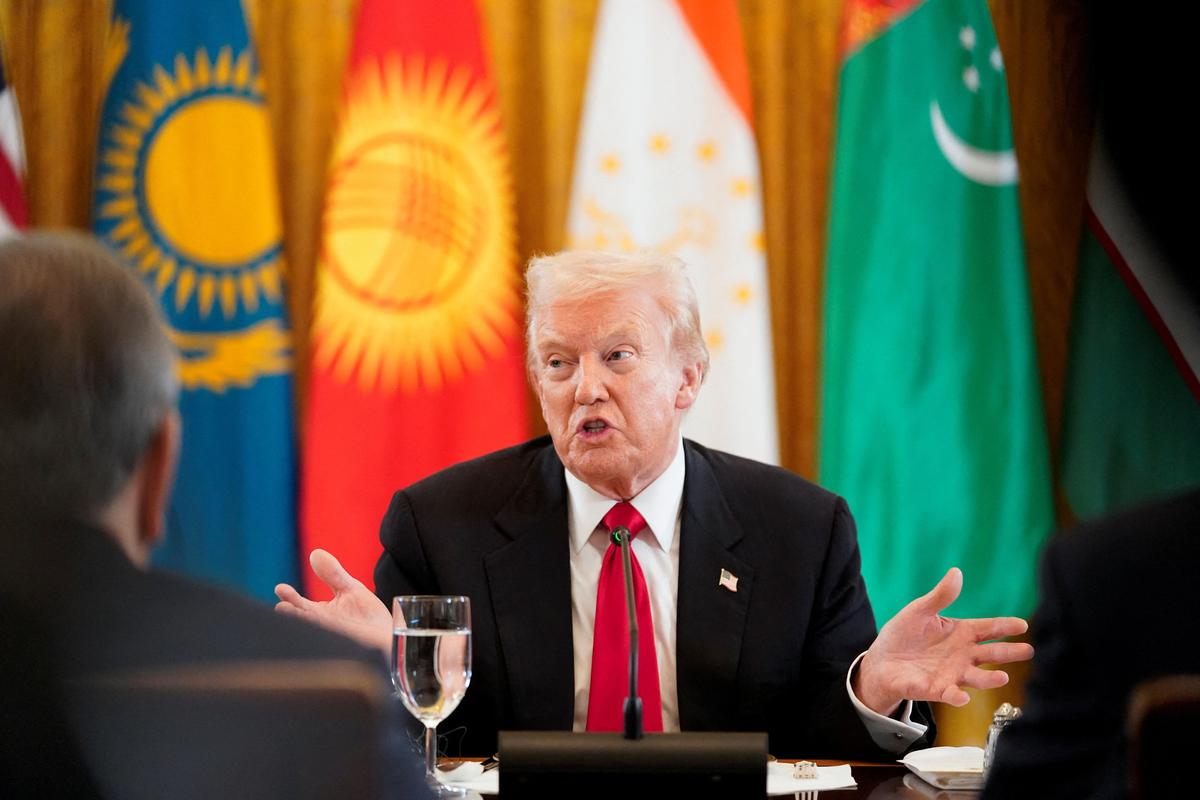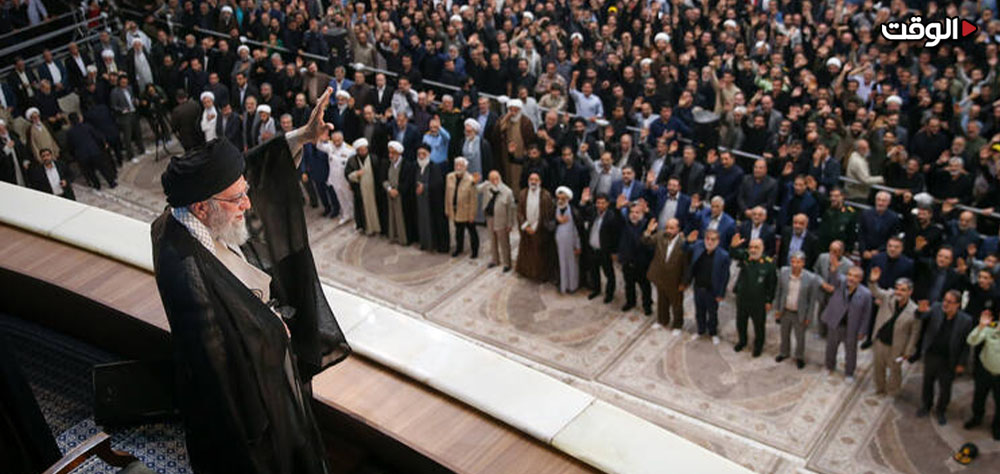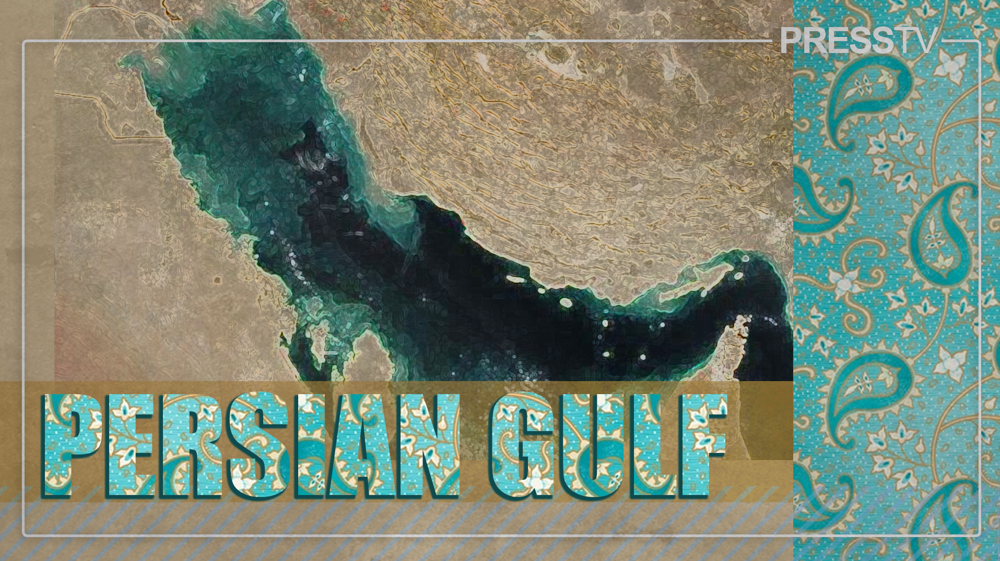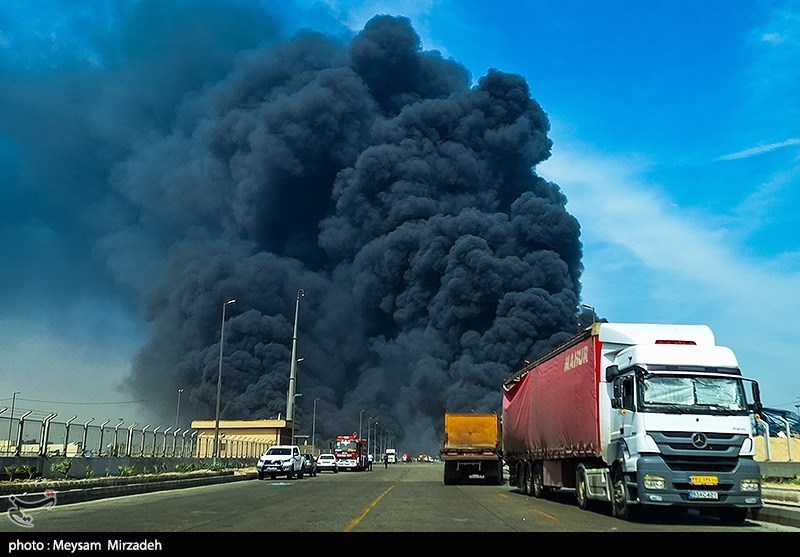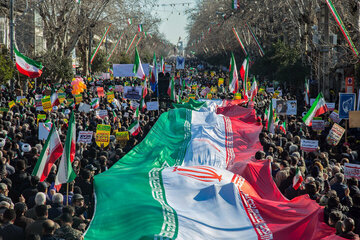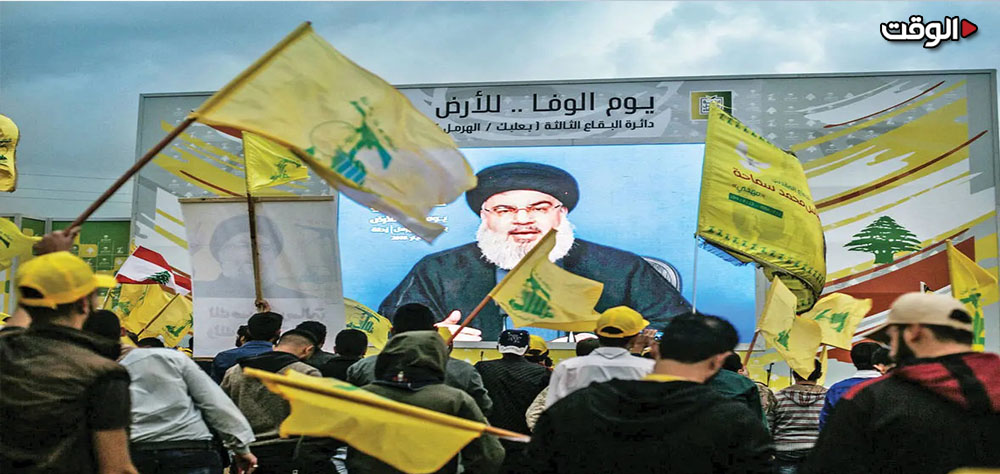Alwaght- The US President Donald Trump has recently hosted the tenth annual C5+1 summit. The bloc includes five Central Asian countries of Uzbekistan, Kazakhstan, Tajikistan, Kyrgyzstan, and Turkmenistan plus the US.
According to a statement released by the US State Department, the summit was aimed at shoring up cooperation between Washington and Central Asian republics to work out regional solutions to deal with global challenges though fair economic partnerships, boosting energy security, and promoting peace through soft power and constructive interactions. Officials have said that this year's meeting had economy, energy, and security as its central themes.
These meetings date back to 2015, when the first gathering of the group was held in Samarkand, hosted by Uzbekistan and attended by the foreign ministers of six countries. During that inaugural session, participants pledged to deepen cooperation across multiple sectors. From the very outset, the bloc was viewed as a potential strategic threat to Moscow, given that all its Central Asian members were former Soviet republics.
Those concerns intensified in 2023, when then US President Joe Biden met with Central Asian leaders for the first time on the sidelines of the UN General Assembly. Moscow and Beijing saw the move as a shift in Washington’s foreign policy and an attempt to put pressure on the two dominant powers in the region, both of which have traditionally maintained deep political and economic influence over Central Asia.
Now, Washington is seeking to loosen that dependency and push these countries toward a new balance in their foreign relations. Since the launch of the C5+1 framework in 2015, one of the US’s main goals has been to strengthen economic ties with the Central Asian republics.
Yet, data shows that despite modest growth in recent years, the American trade with the region still lags far behind China’s. According to the US Department of Commerce, total trade between Washington and the five Central Asian nations stood at about $4 billion in 2016 and rose to roughly $9 billion by 2023. Most of this trade involves industrial goods, oil and gas equipment, and engineering services.
In the current context, amid escalating economic tensions between Washington and Beijing, the latest round of talks has taken on added significance. The recent meeting between Xi Jinping of China and Donald Trump appears to have delivered only a temporary truce, as both sides are clearly positioning themselves and their allies for even larger economic and geopolitical battles ahead.
One of the main pillars of this competition is the rare metals. After Chinese restrictions on the exports of these metals, the US rushed to find alternative suppliers. Meanwhile, Central Asia with its rare metals sees its role highlighted. These metals are used to produce smartphones, electric vehicles, defense systems, and state-of-the-art fighter jets.
In April, Kazakhstan announced that its geologists had discovered deposits of rare earth metals such as cerium, lanthanum, neodymium, and yttrium in the Karaganda region. The country's ministry of industry and construction estimated the volume of these resources to be more than 20 million tons, close to half of China's reserves. Subsequently, the Development Bank of Kazakhstan also announced a $1 billion program for the extraction and processing of these metals between 2025 and 2030.
However, the issue of rare earth metals is only one part of the broader US competition with China in Central Asia. To complete this strategic puzzle, Washington is pursuing diverse programs in the areas of transit, economic influence, and security presence in the region.
Although the Central Asian countries are active in regional blocs such as the Shanghai Cooperation Organization (SCO) and China's Belt and Road Initiative (RBI), in recent years they have adopted a more balanced foreign policy to distance themselves from absolute dependence on Moscow and Beijing.
The C5+1 summits should be regarded as a reflection of the main lines of the US policy in Eurasia. In the US National Security Strategy (2017 and 2022 versions) Central Asia is described as the vital point of connection between Russia, China, West Asia and South Asia, with Washington's active role to prevent Russian and Chinese unilateralism highlighted as a key necessity.
Within this framework, since 2021, Washington has tried to align C5+1 meetings with its major plans within the Partnership for Global Infrastructure and Investment (PGII). This plan, a direct rival to RBI, is aimed at constructing alternative transit routes and expanding cooperation in clean energy and strategic mines.
Among other American efforts to counter China's transit initiatives is the Zangezur Corridor, a route between Azerbaijan and Nakhchivan that passes through the Syunik region of Armenia and could strengthen Central Asia's direct connection to Turkey and Europe. Within the policy framework of the US and its allies, the realization of such a project would mean faster access to global markets and reduced reliance on routes controlled by Russia and Iran.
In the security terms, Washington is also seeking to deepen military cooperation. Along with this meeting, reports emerged about Kazakhstan's potential accession to the Israeli-Arab normalization, officially called Abraham Accords, an agreement that, if realized, would further open the door for Israel's presence in the region. From the US perspective, this not only enables the expansion of its allies' influence but also creates a new platform for technological, intelligence, and security cooperation in a strategic region.
On another front, Trump, in his recent remarks, alluded to retaking the Bagram airbase in Afghanistan. Although Bagram is not directly adjacent to China's borders, controlling it again could provide the Washington with the capability for military and logistical operations in Central and South Asia. However, this move faces significant political and regional obstacles and could trigger negative reactions from neighboring countries, including Iran and Russia.
Despite the massive efforts by Washington, the US strategy in Central Asia is facing multiple challenges. First, the historical influence of Russia in the security and economic structures of the region is still strong. Through the Eurasian Economic Union and the Collective Security Treaty Organization Russia has entrenched its economic and military presence in this region and will prevent full influence of the West.
Second, relying on infrastructural investment, development loans, and mining projects, China has built substantial economic influence in Central Asian republics, something curbing the US ability for free maneuvering.
Third, regional governments have no confidence in the US especially after its hasty withdrawal from Afghanistan. This has cut their willingness for security cooperation with the US.
Fourth, structural corruption and intricate bureaucracy in the regional countries blocks effective implementation of joint projects.
Furthermore, Iran's geopolitical position and its role in transit routes are factors that impact the full realization of US transit objectives in the region. This combination of challenges has compelled Washington to increasingly rely on soft power levers, such as technological, cultural, and educational cooperation, to maintain its influence.
In summary, although the C5+1 summit appears on the surface to be an economic and cooperation-focused framework, it is in reality part of the US's grand strategy to redefine the balance of power in Eurasia and gradually contain the influence of China and Russia. Despite relative growth in business ties between the US and the Central Asian countries, a significant gap remains between declared ambitions and tangible capabilities.
While the American business ties with Central Asia are rarely worth $10 billion, China with billions of dollars in investment and a network of strategic infrastructure has created a fixed position for itself in this region. In such context, the future of the US role in Central Asia largely depends on degree of its success to set up alternative routes, make long-term investments, and boost technological presence in such areas as new energies and rare metals.
In the years ahead, the persistence of the C5+1 summit will be the true test of Washington's strategy, one that is aimed not just at economic gain, but at winning a pivotal broader geopolitical contest for influence in the heart of Eurasia.


